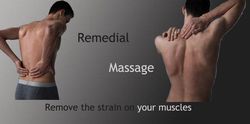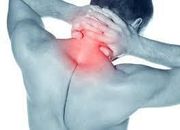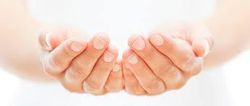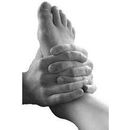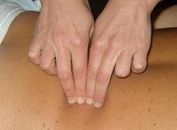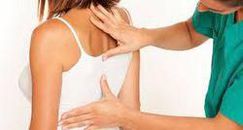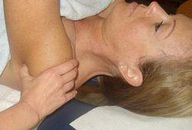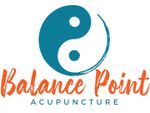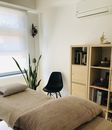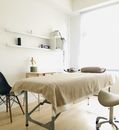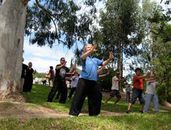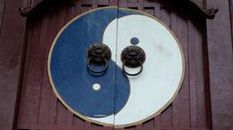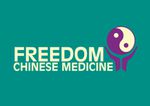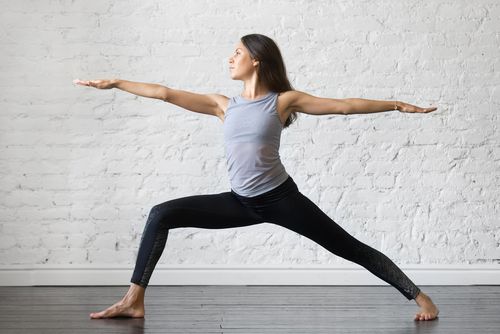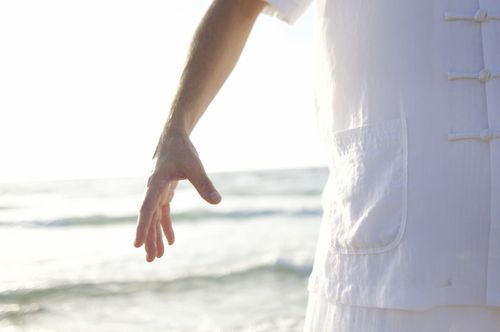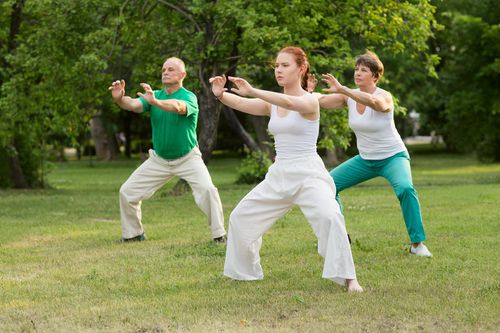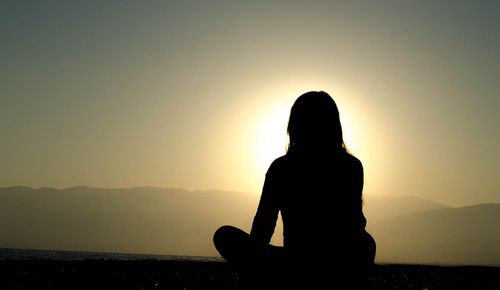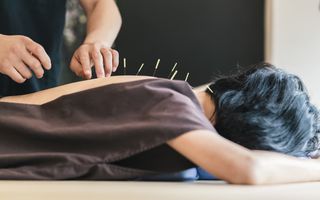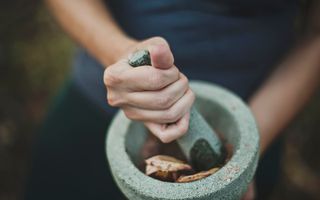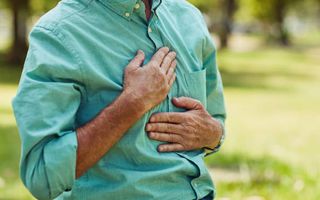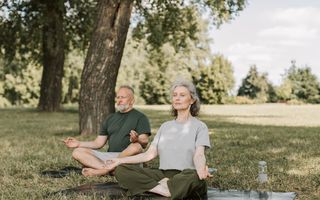What is Qigong?
Qigong is a form of energy medicine that emphasizes cultivating Qi, your body's innate life force, to maintain health and wellbeing. Meditation, breathing exercises and slow, gentle movements are used to gather energy from the universe and channel it into the body's chakras.

What are the Benefits of Qigong?
Qigong restores the finite energy you already possess. Despite being born with a generous quantity of vital energy, illness, poor diet, injury and unhealthy lifestyle choices can quickly reduce it. When the body's life force is not replaced, disease sets in. Qigong cleanses and nourishes the body's energy fields to improve balance, aerobic capacity, muscle strength and help treat a variety of health issues as well, including:
- High blood pressure
- Heart disease
- Chronic pain
- Type 2 diabetes
- Stress
- Fatigue
- Anxiety
- Depression
- Lack of concentration
- Digestive problems
- Parkinson's disease
- Autism
- Stroke
- Asthma
- Seizures
How Much Does a Qigong Session in Melbourne Cost?
The cost of a qigong session in Melbourne varies, but is roughly between $20 and $200. There are several factors that affect the price; medical qigong, in which the practitioner facilitates your body's natural healing process, is more expensive than a class in qigong. You should also consider how long the class or treatment session will be and whether you expect to receive it face-to-face or online.
How Many Qigong Instructors are there in Melbourne?
The exact number of qigong instructors in Melbourne is unknown, though there are between 103,000 and 157,000 people practising the movement therapy throughout Australia. Qigong is widespread in the city and possibly in Victoria as a whole. Energy medicine is in fact one of the most popular forms of health tourism in the state, with qigong being offered at spa hotels, retreat centers, and even in various healthcare settings.
How Many People in Melbourne Use Qigong?
Melbourne and other parts of Victoria have a high participation rate in qigong, with over 78% of the users falling within the 18 to 34 age bracket, followed by senior citizens. In addition to preventing disease and improving balance, many women of reproductive age said that it eases the symptoms of endometriosis.

